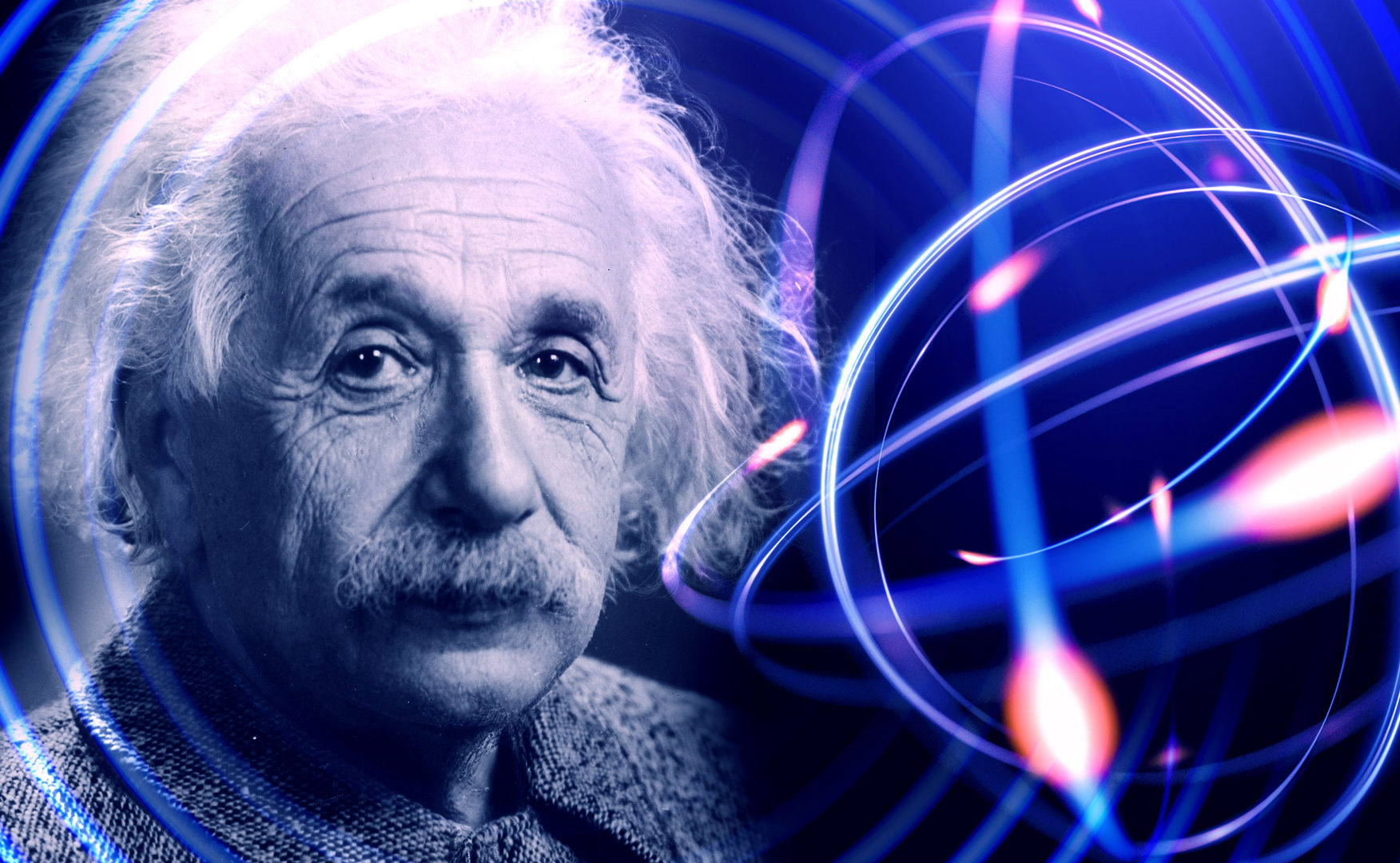Congratulations, NASA has selected you to visit the planet Zog but before you go, you’d better learn something about their currency. Today’s puzzle is courtesy of The Ultimate Mathematical Challenge.

Congratulations, NASA has selected you to visit the planet Zog but before you go, you’d better learn something about their currency. Today’s puzzle is courtesy of The Ultimate Mathematical Challenge.

I like puzzles that are easy to state and don’t require a lengthy explanation. Today’s puzzle falls into that category.
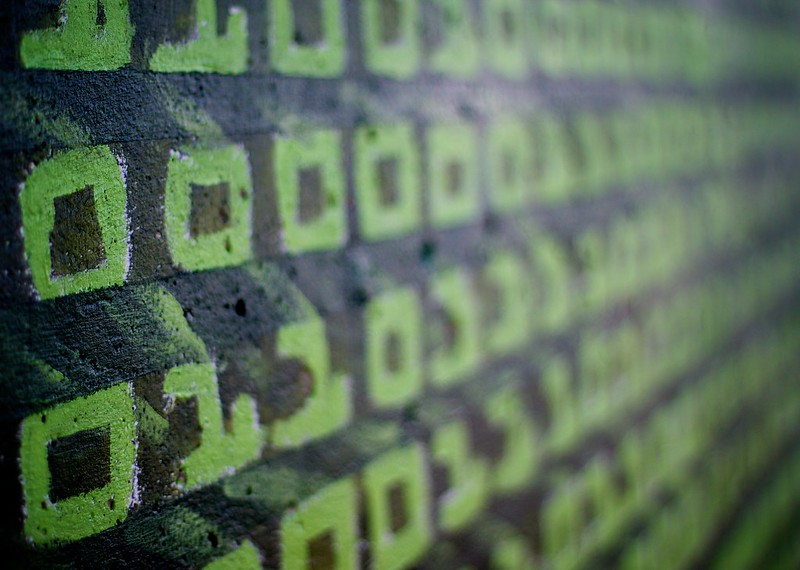
The answer to each clue is the name of a well known person, where the last name of each answer gives the first name of the next answer (give or take a slight variation). The resulting sequence of answers forms a circular chain, where the bottom of the list connects to the first entry in the same fashion.

You and two of your friends (not facebook friends, real world friends, remember those?) are playing a game. The other players in the game are known to be perfectly logical people.

This puzzle is an original trivia quiz where the answers are linked together into a chain.

Imagine you have nine uniformly sized white balls, eight of which weigh precisely the same amount, and one is heavier or lighter than the others.

Imagine tossing a coin repeatedly until you get a certain pattern, let’s say HTT (head, tail, tail).
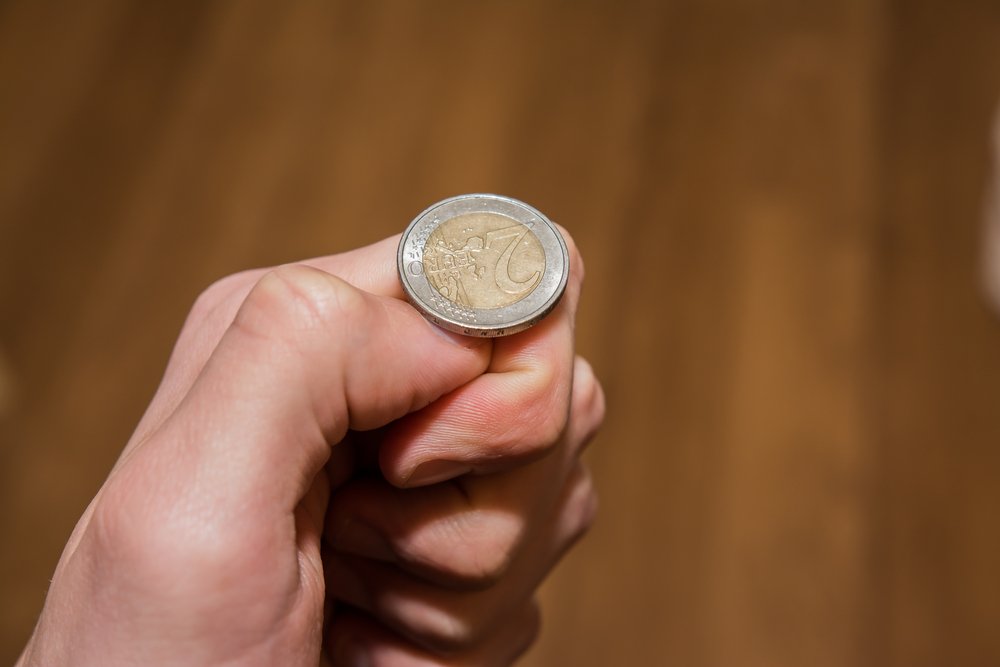
You’re a pharmacist and you’ve just taken delivery of ten bottles of 1,000 pills each. But before you have a chance to put them away, your supplier calls to inform you that, due to a glitch at the factory, one of the ten bottles is tainted.

Try this simple puzzle about the likelihood of gender distribution among four children.
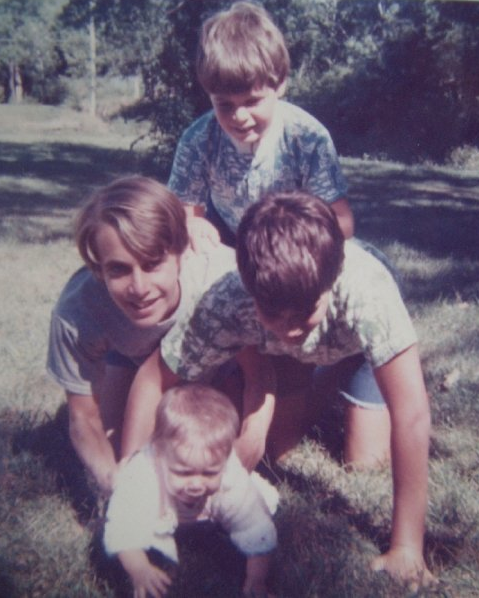
Today you’re going back to school. Imagine you’re standing at one end of a corridor, with exactly 100 lockers all in a row, all of which are initially closed.
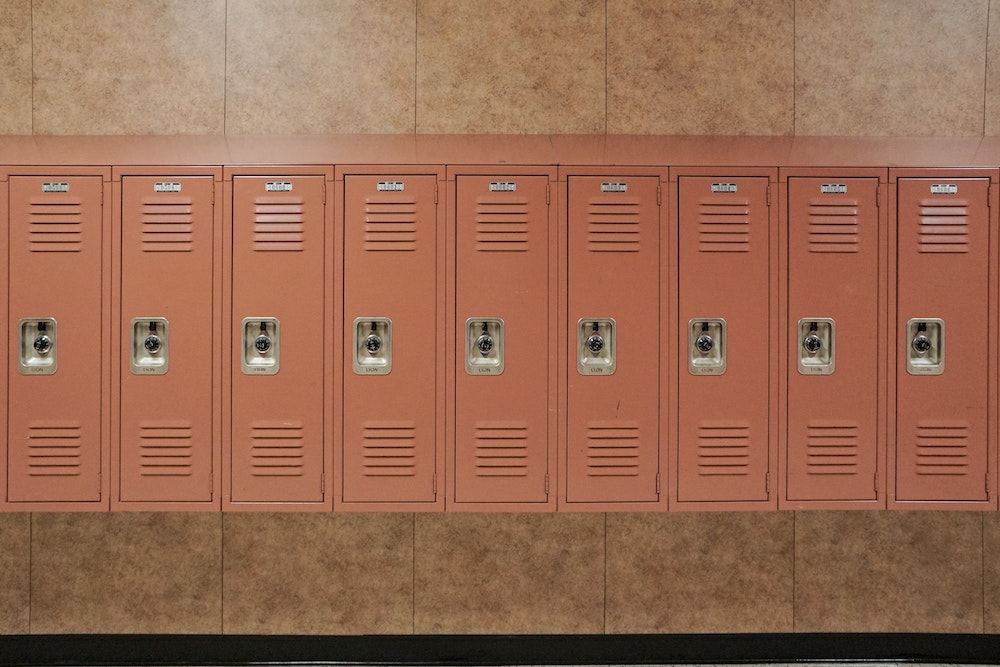
My friend Gus shared this ingenious demo of an old puzzle on twitter. Check out the short video below and see if you can tell what’s happening.

This short video works on multiple levels. On the surface, it’s about a popular puzzle called KenKen, which you should definitely check out if you haven’t tried it.
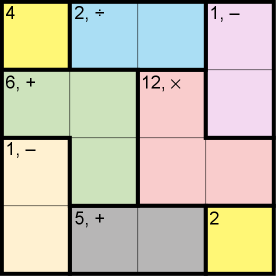
The original incarnation of today’s puzzle talked about winding a clock but who even knows what that means anymore? Here’s a more modern formulation. While you’re asleep one night, there’s a power outage…

You are standing in a hallway with three light switches.

This puzzle is fun and not too difficult if you take your time.

Your first guess is likely wrong. You’ve been warned.

I was in sixth grade when I first saw this puzzle and it captivated me for a few days, because I have no problem wasting ridiculous amounts of time on useless activities (like this blog).
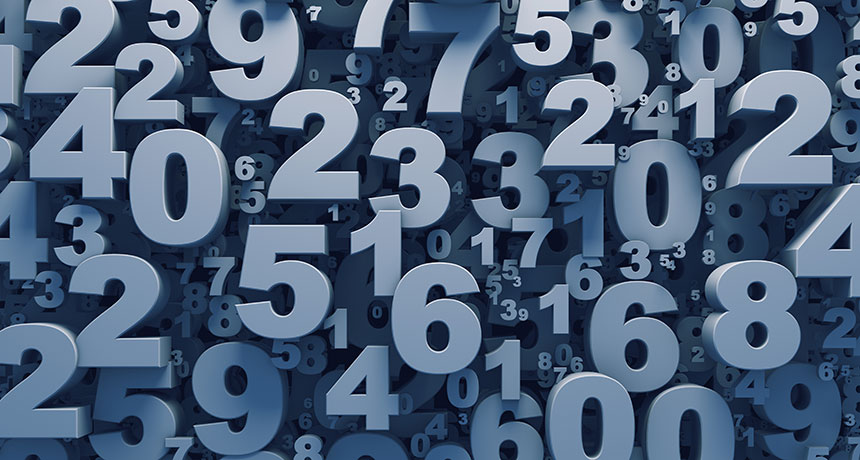
How quickly can you find out what is unusual about this paragraph?
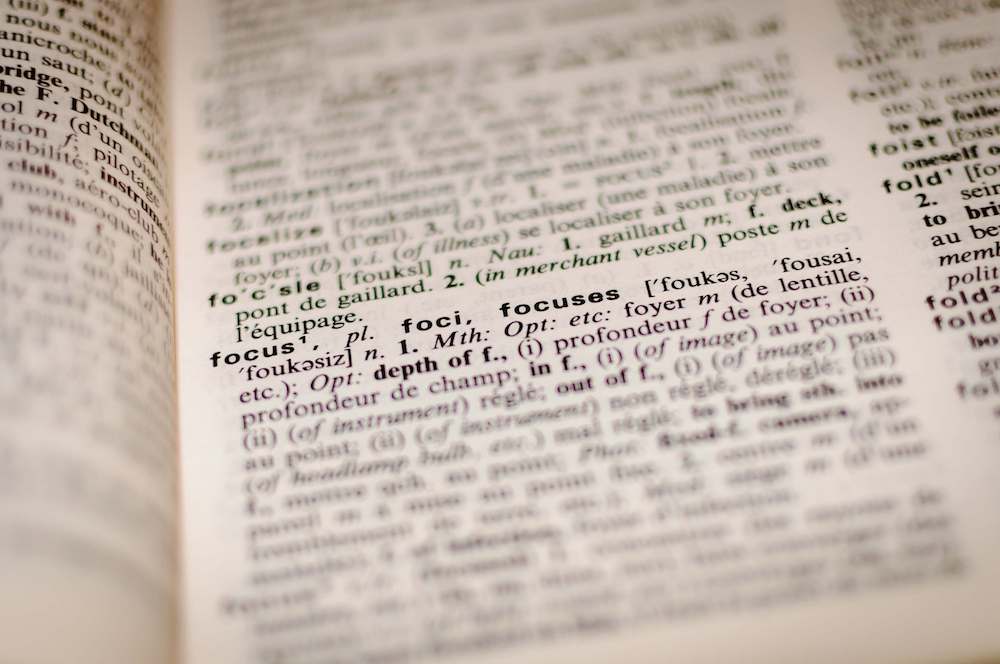
How surprised should we be to find a common birthday in a random group of people?

In front of you are three boxes. One contains only apples, one contains only oranges and one contains a mix of apples and oranges.
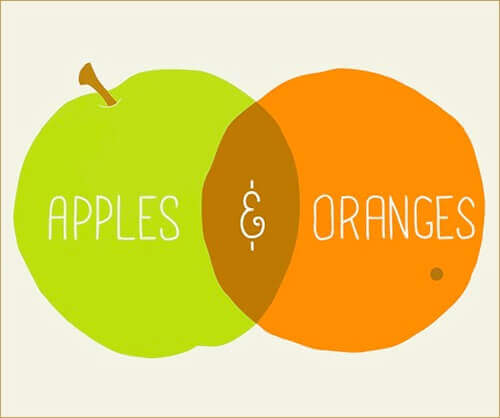
One of the nice things about living in Seattle is that on clear days we get a great view of Mt. Rainier. Considered an active volcano, Mt. Rainier is the third-highest mountain in the lower 48 states at 14,411 feet, and the most ice-covered, with 25 major glaciers covering 34 square miles (source).

This week’s puzzle is an original trivia quiz with a twist.

Have you ever heard of a palindrome? It’s a word, phrase, sentence (or more) that’s spelled exactly the same way backward and forward. Here are a few well known palindromes:

This is another one that Microsoft and other companies have used as an interview question but it’s a little easier than some of my recent brain benders.

Imagine a very wealthy and eccentric friend (which is the best kind of friend to have) offers you the following choice:

In front of you are four cards on a table, which look like this:

Imagine that in a future era humans decide to build a high speed train circumnavigating the globe at the equator.

Today we’re doing a good old-fashioned trivia quiz with a topical theme: every answer has something to do with Egypt.

Three co-workers are on a business trip. They arrive at their hotel only to learn their reservations have been lost. The desk clerk tells them there is only one room still available but it can be shared by the three companions.
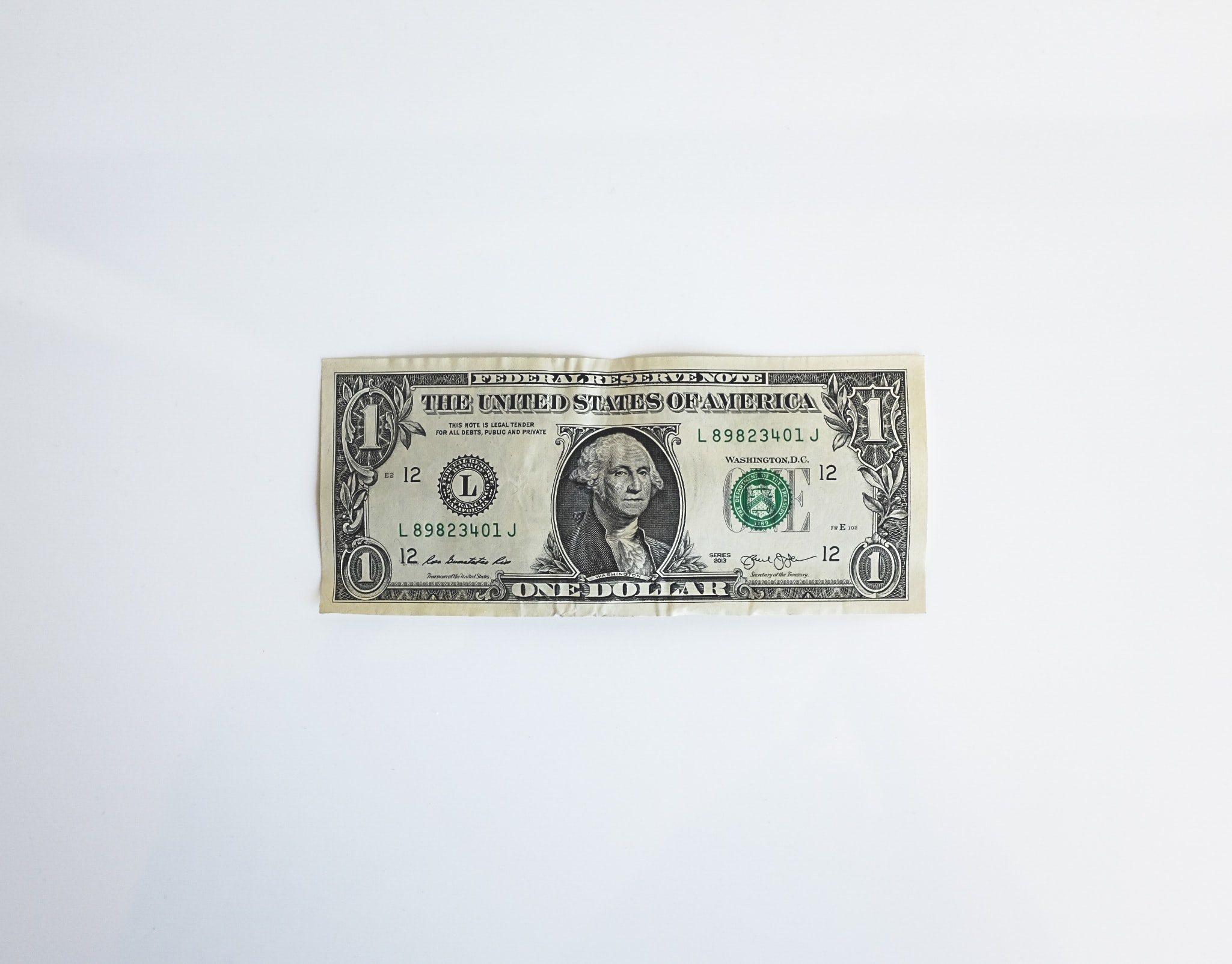
Today’s puzzle is said to have been devised by Albert Einstein, who supposedly claimed that 98% of the population could not solve it.
